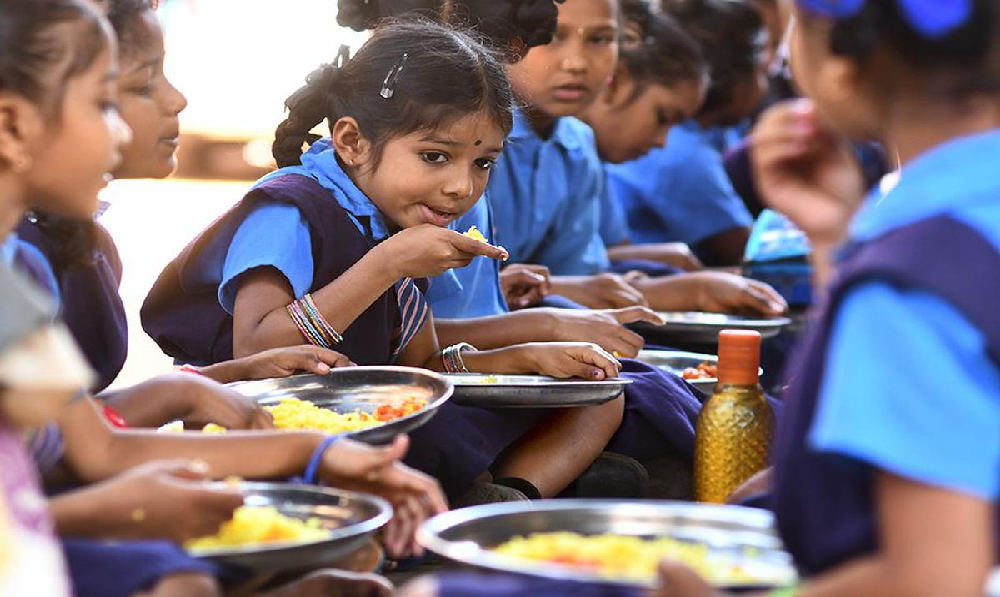In India, the Mid-Day Meal program has become a cornerstone of the country’s efforts to improve educational outcomes for children. Launched in 1995, this initiative was initially aimed at enhancing the nutritional status of school-age children nationwide. However, its impact has far exceeded its initial scope, significantly influencing both school attendance and academic performance.
Boosting School Attendance
One of the most significant impacts of the program has been its ability to increase school attendance. For many children, especially those from economically disadvantaged backgrounds, school meals are often the only reliable source of nutrition they receive in a day. The promise of a nutritious meal incentivizes parents to send their children to school regularly. Studies have shown that after the introduction of the Mid-Day Meal scheme, enrollment rates have increased, particularly in rural and underdeveloped areas. For families struggling to make ends meet, the assurance that their children will receive at least one balanced meal each day is a compelling reason to prioritize education over other daily necessities.
Enhancing Academic Performance
The nutritional benefits of the program extend beyond just filling hungry stomachs. Adequate nutrition is critical for cognitive development, and children who are well-nourished tend to perform better academically. The program has been instrumental in improving concentration, memory, and overall learning capacity among students. Teachers have observed that students are more attentive and engaged in the classroom after consuming the meals. This improvement in focus and energy levels translates into better academic performance and a higher rate of progression through grade levels.
Additionally, the Mid-Day Meal program has helped reduce dropout rates. When children have a reason to stay in school, such as receiving a daily meal, they are less likely to drop out. This has a cascading effect, as continued education increases the likelihood of students advancing to higher education and, ultimately, improving their socio-economic status. The long-term benefits of this program are profound, offering a path out of poverty for many families.
Societal Benefits
Beyond its direct impact on individual students, the program also has broader societal benefits. It encourages socialization among children from different backgrounds, as they share meals together, promoting a sense of community and equality. This aspect of the program helps break down caste and class barriers, fostering a more inclusive school environment.
Moreover, the program has created employment opportunities, particularly for women. The preparation and distribution of meals require a large workforce, and many women from local communities are employed as cooks and helpers. This not only provides them with a source of income but also empowers them by giving them a role in the community’s development.
CONCLUSION:
The Mid-Day Meal program has proven to be a game-changer in the Indian education system. By addressing the fundamental need for nutrition, it has paved the way for improved school attendance and better academic performance, particularly among the most vulnerable children. As India continues to strive for universal education, initiatives like this will remain vital.
This aligns with the principles of Fikrah, which emphasizes the importance of nurturing the mind through education and holistic development.
Click here to know more about “Feeding the Future: The Importance of Mid-Day Meals in Building a Better World”

